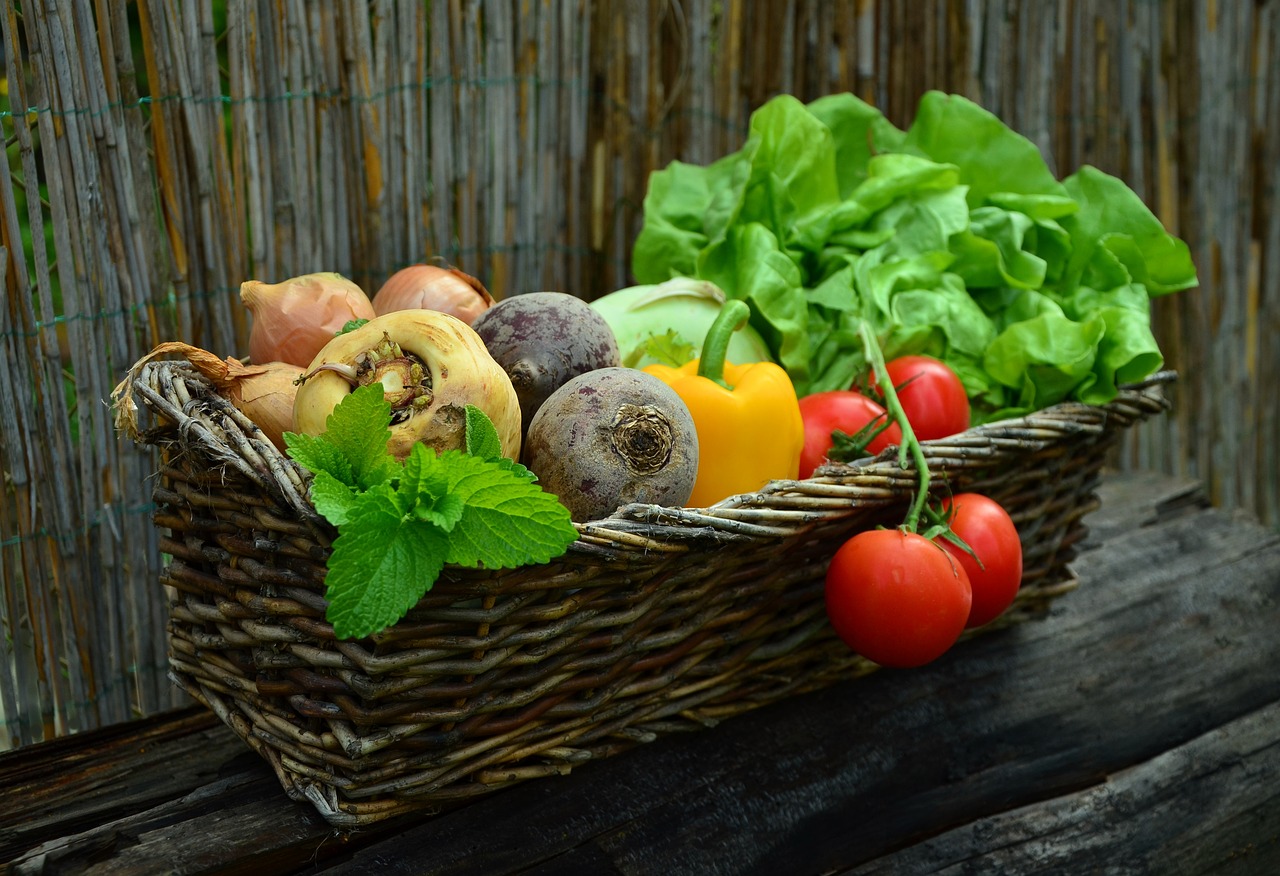Food is one area most dear to parents and one that evokes the most emotional reaction! The note below is a summary of a talk by Ms. Rukmini Ramachandran, the director of Navadisha Montessori Foundation, Chennai.
Ms.R spoke about how food is a very fundamental need and is extremely binding as a culture. Food has a larger reach than just a physical need. It has a whole spiritual angle to it. Food is used as a sign of friendship or rejecting food as a sign of anger! Despite this being so fundamental a need, she said that the most common question she has come across is that “My child does not eat”.
She gave an analogy of how an amoeba, a single-celled organism can find it’s way to food… there is no way an “intelligent” human being will ever go hungry without eating. She said in utero, the child gets nutrients automatically, but from the moment of birth, the child has to make an effort to eat independently. At about 6 months of age, when the child is just beginning to eat solids, we expect the transition to be quick, easy and fuss-free!
A typical reaction of a child that is given a new food is to spit it out. We are very quick to label this child stubborn, naughty etc. The child is merely expressing his unfamiliarity with a new taste by this action as he cannot speak yet! We as adults have a hard time transitioning to a new city and its food but expect a quick transition from this child who is in the process of developing a taste, familiarizing himself/herself with different textures and is still in the process constructing himself/herself.
 She spoke of how eating food is a sensory delight! We eat with our ears, eyes, nose, touch. Despite food involving all senses, what many of us tend to do is to very cleverly trick the child, by mashing all the vegetables that he does not like into the basic food so that the nutrients go into the child! Just because he spat it out the first few times, we have tricked him into eating it. So she dissuaded us from the practice and encouraged us to give the child clear consistent limits and be consistent in trying out new foods.
She spoke of how eating food is a sensory delight! We eat with our ears, eyes, nose, touch. Despite food involving all senses, what many of us tend to do is to very cleverly trick the child, by mashing all the vegetables that he does not like into the basic food so that the nutrients go into the child! Just because he spat it out the first few times, we have tricked him into eating it. So she dissuaded us from the practice and encouraged us to give the child clear consistent limits and be consistent in trying out new foods.
She insisted that it is a committed practice and takes time and patience. She added that all this concern stems from the parents’ fear and love for the child which translates into unintended violence to the child. She was quite categorical in terming it as a brutal practice where we force the child to eat against their wishes because we perceive hunger as a bad thing! She dissuaded the practice of mini snack boxes and encouraged parents to allow children to let their children feel hunger! Read more from her talk here.
She said it was our sole duty to help the child become independent and help children to be able to eat independently with dignity. She pointed out the alarming culture where we are increasingly making food a chore and tying the children up physically in many ways (arms held down, high chairs with belts, distracting in front of media, etc.)and in the process take away his dignity because we as adults have more power over the child.
She pointed out that the size of a child’s tummy is as big as his fist and to feel full it needs only half of that to be full!!!! So the portion sizes that we seem to dole out to our children is unacceptable! Though the stomach is elastic, like a rubber band which snaps when extended too much, it is best that we do not engage in this practice of overfeeding the child. We should respect a child’s cue and honor it.
She said we as a society need to move away from this brutality and make food more enjoyable. Food is social and this process starts from as early as 6 months of age! She asked to involve all children to eat together as a family, happily. The child absorbs the language, the movement of how to eat independently, social interactions and makes it a part of his personality. We need to accept his choices and the choices are not about whether to eat or not, rather what and how much to eat and how quickly to eat!
So many of our children have gone off track in this generation because we as a society have used force and coercion as a binding factor. The child no longer has a loving relationship with food and is misguided because he cannot judge for himself how much to eat! So if we are to bring this child back on track with a loving relationship with food as it was meant to be, we need to offer respectful parenting with dignity to the child. As a child gets older and closer to the second plane of development, we encourage the child to eat within a limited time to help facilitate the transition to the higher grades. Needless to say, this is done with adequate preparation as with any transition.
Bon appetit!






